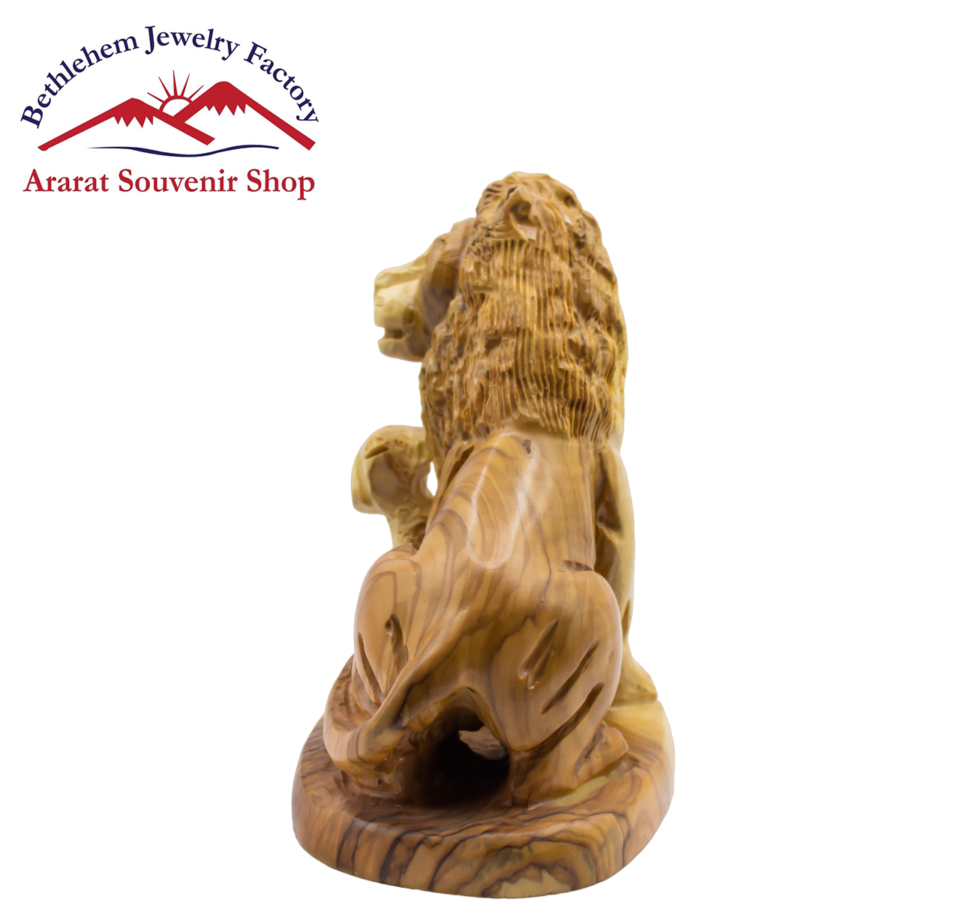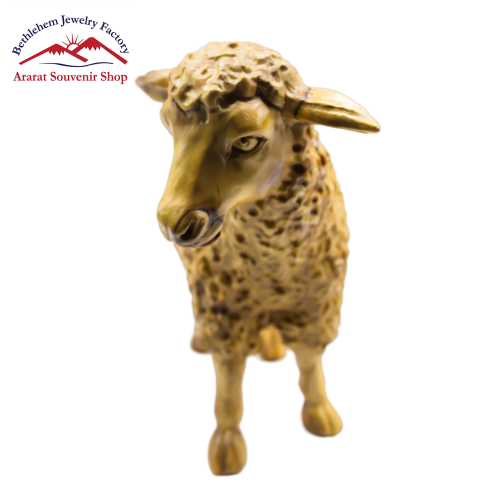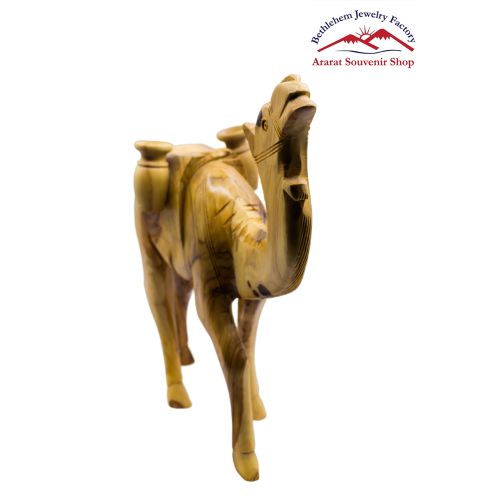Lion
The lion, known as the “King of the Jungle,” possesses an allure that transcends its physical presence. While these magnificent creatures are often associated with vast savannas and arid landscapes of Africa, their symbolism and representation in literature, art, and mythology extend into forests, giving rise to intriguing imagery of lions in woodlands. Conceptually, a lion in wood evokes themes of strength, majesty, and the untamed spirit of nature—a juxtaposition that invites deeper exploration into both the animal and its environment.
Lions are sociable creatures known for their unique social structure, typically living in prides that foster familial bonds and cooperative hunting strategies. This social dynamic starkly contrasts with the solitary existence of many woodland animals. Envisioning a lion within a forest conjures a sense of surprise, challenging the perceptions of this regal animal typically associated with more open terrains. The forest, with its dense foliage and towering trees, embodies a world of complexity and diversity, creating an atmospheric backdrop where the lion’s presence becomes even more pronounced.
When imagining a lion in the woods, it’s essential to consider how such a majestic animal adapts to a different environment. The lion’s mane, often seen flowing in the grasslands, becomes an emblem of nobility even against the textured backdrop of tree trunks and underbrush. Its golden coat, which may blend seamlessly with the dry savanna, now contrasts sharply with the greens and browns of the woodland. Here, the lion’s powerful physique would exude authority among smaller woodland creatures while also prompting curiosity about how it navigates this locale where stealth, agility, and cunning become vital for survival.
The symbolism of the lion extends beyond its physical attributes; it plays a significant role in various cultures worldwide. In many traditions, the lion represents courage, bravery, and protection. In heraldry, it is a symbol of nobility and strength, often depicted on crests and emblems. Imagining a lion in the woods encapsulates the idea of a guardian of the forest—a protector not just of its territory but of the intricate ecosystems that thrive within it. This duality invites reflections on conservation and the importance of preserving the habitats of all creatures, including species that may seem out of place in certain settings.
The narrative of the lion in the woods can also be explored through the lens of mythology and folklore. In many indigenous cultures, animals often hold deep spiritual significance, serving as totems or messengers. The presence of a lion in these stories can symbolize inner strength or the balance between ferocity and gentleness. In this context, the lion can be perceived as a powerful guardian spirit of the forest, embodying the very aspects of nature that demand respect—its beauty, its unpredictability, and its cycles of life and death. Such stories often emphasize the harmony between different species and the importance of respecting each creature’s role in the ecosystem.
The imagery of a lion amidst nature resonates with the romantic notion of the wilderness—a realm where untamed beasts roam and balance is maintained through natural order. This evokes a sense of adventure, calling to mind concepts popularized by classic literature. Many authors have portrayed the lion not only as a creature of power but also as one that embodies wisdom and intuition. C.S. Lewis’s Aslan in “The Chronicles of Narnia” serves as an example of a lion that embodies justice and goodness while ruling over an enchanted wood, guiding and protecting those who seek truth. Here, the lion transcends its animal form, representing a bridge between the known world and the mystical.
Furthermore, envisioning a lion in a wooded area draws attention to ecological themes. It prompts discussions about wildlife conservation and the habitats that lions currently face. Although primarily associated with grasslands, the idea of a lion in the woods invites reflection on how human actions disrupt natural habitats. Encroaching urbanization and deforestation threaten ecosystems, creating a dire need for conversation surrounding wildlife conservation efforts. Imagining a lion in such a setting highlights the importance of preserving all habitats and understanding that every ecosystem is connected.
Beyond their raw power and beauty, lions symbolize deeper emotional and psychological constructs. For example, they embody human qualities of leadership, courage, and tenacity. A lion in a forest can symbolize the struggle each individual faces in overcoming personal challenges or fears, emphasizing the strength required to navigate life’s complexities. The imagery of this majestic animal standing resolutely amidst the shadows of towering trees can serve as a powerful metaphor for personal growth, resilience, and the ability to find one’s path even amidst uncertainty.
In conclusion, the concept of a lion in wood inspires a rich tapestry of themes, combining the majesty of one of nature’s most impressive creatures with the intricate beauty of woodland environments. It embodies an intersection of strength and vulnerability, leadership and coexistence, and the urgent need for conservation in a rapidly changing world. Whether through its symbolism, its presence within cultural narratives, or its ecological importance, a lion set against a backdrop of trees serves as a potent reminder of the delicate balance of nature and the importance of respecting the wildlife that calls both forests and savannas home. Such reflections compel us to appreciate the natural world, challenge our perceptions of wildlife, and advocate for the protection of the diverse ecosystems that enrich our planet.












Reviews
There are no reviews yet.